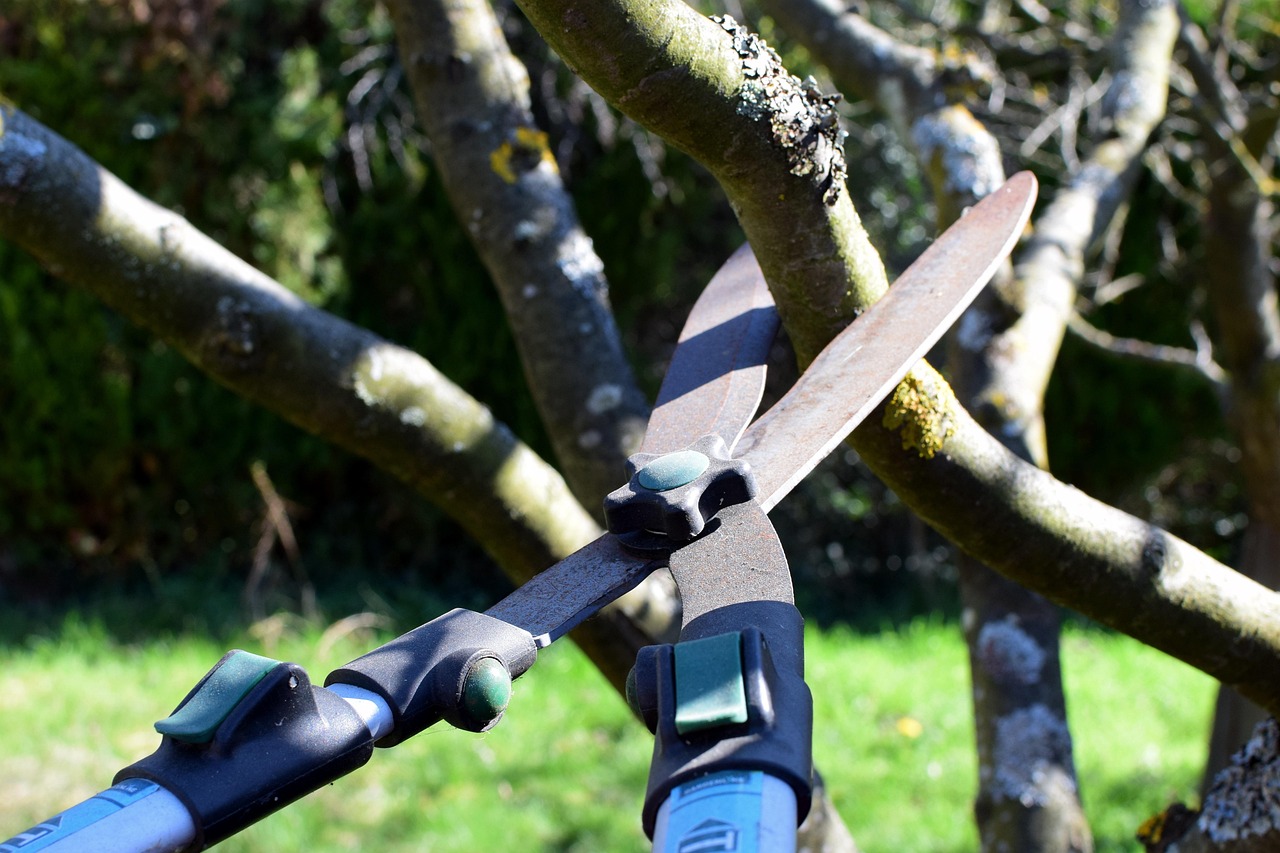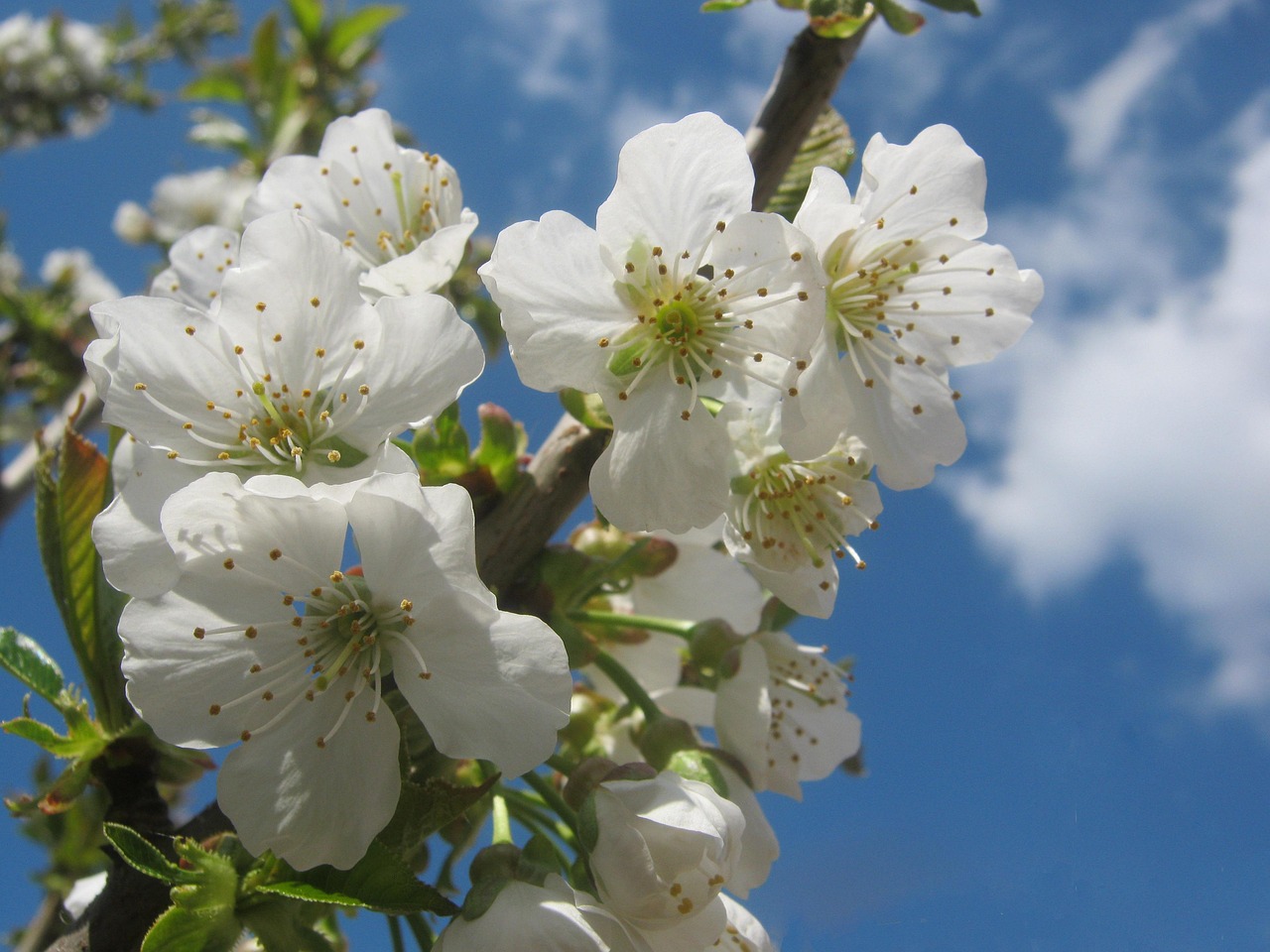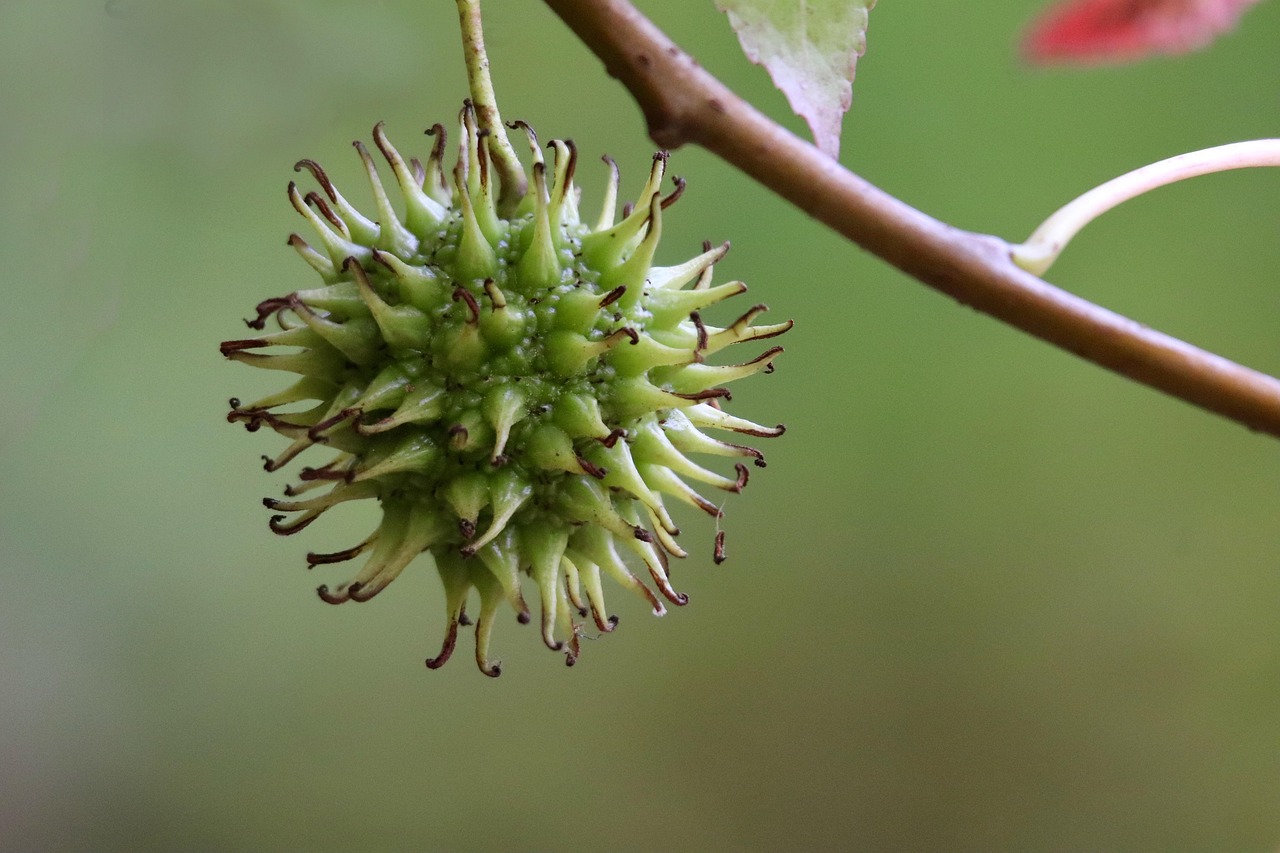Mastering proper pruning techniques is crucial for enhancing fruit tree health, increasing yields, and maintaining orchard vigor. This guide offers essential tips on timing, tools, methods, and care practices tailored for backyard farmers, helping you develop healthy, productive trees through effective pruning strategies year-round.
Understanding Pruning
Pruning involves selectively removing specific parts of a plant, such as branches, buds, or roots. This practice is crucial for maintaining the health and productivity of fruit trees. Proper pruning helps control tree shape and size, encourages new growth, and can prevent disease. Each type of fruit tree has unique pruning requirements, making it important to understand the specific needs of your trees.

There are several reasons why pruning is beneficial for fruit trees:
- Enhances sunlight penetration and air circulation.
- Removes dead or diseased branches.
- Encourages the growth of healthier fruit.
- Improves the overall shape and structure of the tree.
- Reduces competition between branches for nutrients.
Additionally, pruning can help in managing pests and diseases. By removing overgrown or crowded branches, you reduce the habitat for pests and improve the effectiveness of treatments if needed. Moreover, a well-pruned tree can produce larger and higher-quality fruit, directly impacting your harvest yield.
Pro-Tips from My Experience
- When I first started pruning, I underestimated the importance of timing. Now, I always prune during dormancy for most trees, as it minimizes stress and promotes healthy growth.
- Using dull tools was a mistake I made early on, which led to torn branches and increased disease risk. Now, I keep my tools sharp and sterilized to make clean cuts that heal quickly.
- I used to prune too aggressively, thinking more was better. Over time, I learned to remove only dead or diseased wood and not to over-prune, which kept my trees more resilient and productive.
- Initially, I overlooked the specific needs of different fruit trees. Now, I research each type’s growth habit and tailor my pruning approach accordingly, resulting in healthier trees and better yields.
- When I first started, I did not pay attention to branch crossing and crowding. Now, I regularly thin out overlapping or crossing branches to improve airflow and reduce pest problems.
- I used to forget post-pruning care, which delayed recovery. Now, I water deeply and fertilize appropriately after pruning to support quick healing and new growth.
When to Prune
The timing of pruning depends on the type of fruit tree and its growth cycle. Most fruit trees are best pruned during their dormant season, which typically occurs in late winter or early spring before new growth begins. However, some trees may require summer pruning to manage their size or shape. Here are general guidelines for different types of fruit trees:

| Fruit Tree Type | Best Time to Prune |
|---|---|
| Apple | Late winter to early spring |
| Pear | Late winter to early spring |
| Peach | Late winter (before blooming) |
| Cherry | Summer (after harvest) |
| Citrus | Late winter to early spring |
Each type of tree has a unique structure and growth habit. Understanding these differences will help you determine the best approach to pruning. For instance, stone fruits like peaches and cherries generally need more aggressive pruning compared to apples or pears.
Basic Pruning Techniques
There are several techniques that backyard fruit farmers can use when pruning their trees. Each method serves a different purpose and can help achieve specific goals in tree management.
Thinning
This technique involves removing entire branches or limbs from the tree. Thinning allows more light to penetrate the canopy and improves air circulation. It is particularly useful for older trees that have become dense over time.

Heading Back
Heading back involves cutting back a portion of a branch to promote new growth from that point. This method encourages bushier growth and is often used on young trees to shape them as they grow. It helps maintain a manageable size and improves fruit production.
Crown Reduction
Crown reduction is used to reduce the height or spread of a tree. This method involves cutting back the upper branches and reducing the overall size while maintaining the tree’s natural shape. Crown reduction is beneficial for trees that may become too large for their location.
Tools You Will Need
Having the right tools is essential for effective pruning. Here are some basic tools every backyard fruit farmer should have:

- Hand Pruners: Ideal for cutting small branches and stems.
- Loppers: Useful for cutting thicker branches that are too big for hand pruners.
- Saws: A pruning saw is necessary for larger branches.
- Gloves: Protect your hands from cuts and scrapes.
- Ladder: Needed for reaching higher branches safely.
Using sharp tools is crucial. Dull tools can damage branches and increase the risk of disease. Regularly sharpening your tools will ensure clean cuts that promote faster healing for your trees.
Before starting your pruning project, it is important to assess your trees. Look for branches that are dead, diseased, or crossing over one another. Make a plan outlining which branches to prune based on your goals for each tree. This preparation will lead to a more effective pruning session.
Pruning Techniques for Different Types of Fruit Trees
Different fruit trees require different pruning techniques based on their growth habits and fruiting patterns. Understanding these differences is vital for maximizing the health and yield of your fruit trees. Below are common types of fruit trees and effective pruning methods for each.
Apple Trees
Apple trees benefit from a pruning technique known as open center. This allows sunlight to reach the inner branches and promotes better airflow.
- Start by removing any dead or diseased branches.
- Thin out crowded branches to open the center of the tree.
- Cut back the previous year’s growth to encourage new fruiting spurs.
- Aim for a balanced shape with an open center.
Pear Trees
Pear trees are typically pruned in a similar manner to apple trees. However, special attention should be paid to keeping the tree’s structure strong.
- Remove downward-growing branches to encourage upward growth.
- Maintain a strong central leader for stability.
- Thin out excessive lateral branches to avoid overcrowding.
Peach and Nectarine Trees
Peach and nectarine trees require more aggressive pruning due to their vigorous growth. The goal is to develop a strong framework that supports heavy fruit loads.
- Prune during late winter, just before flowering.
- Remove any dead or weak branches, as well as those that cross over one another.
- Cut back last year’s growth significantly to promote new shoots.
- Create an open center to allow light penetration and air circulation.
Cherry Trees
Cherry trees can be pruned in summer after the harvest. This timing helps reduce the risk of disease.
- Focus on removing suckers and water sprouts.
- Thin out crowded areas to promote airflow.
- Cut back branches that are too long, promoting side shoots instead of lengthening the tree.
Citrus Trees
Citrus trees should be pruned lightly. Over-pruning can lead to reduced fruit production.
- Remove any dead or diseased wood.
- Thin out excessively dense areas but avoid cutting back too much foliage.
- Keep the tree shaped for ease of harvesting and maintenance.
Common Mistakes in Pruning
While pruning can greatly enhance the health and productivity of fruit trees, there are common mistakes that backyard farmers should avoid. Recognizing these pitfalls can lead to more successful outcomes.
- Over-Pruning: Removing too many branches can stress the tree and reduce fruit production. Always prioritize healthy growth over aggressive pruning.
- Poor Timing: Pruning at the wrong time can lead to damage or decreased yields. Always follow seasonal recommendations for each fruit type.
- Dull Tools: Using dull tools can crush limbs instead of making clean cuts. Always keep tools sharp for effective pruning.
- Ignoring Tree Health: Failing to assess the tree’s overall health before pruning can lead to poor decisions. Always evaluate for disease or damage first.
Post-Pruning Care
After pruning, it is essential to provide proper care to ensure your trees recover well and thrive. Here are some care tips:
Watering
Pruned trees may require additional watering, especially during dry periods. Ensure the soil remains moist but not waterlogged. Deep watering encourages root growth and supports recovery.
Fertilization
Applying fertilizer after pruning can help stimulate new growth. Use a balanced fertilizer suitable for fruit trees.
Pest and Disease Management
After pruning, monitor your trees closely for signs of pests or diseases. Apply appropriate treatments promptly if issues arise. Maintaining good air circulation and light exposure will help prevent many problems.
Tools Maintenance Tips
Caring for your pruning tools is equally important as using them correctly. Here are some maintenance tips:
- Clean Tools: After each use, wipe down blades to remove sap and debris, which can harbor diseases.
- Sharpen Regularly: Make it a habit to sharpen blades at least once a season or after heavy use.
- Store Properly: Keep tools in a dry place to prevent rusting. Hanging them or using a toolbox can help maintain their condition.
By understanding the specific needs of your fruit trees and using proper techniques, you can ensure a healthy, productive orchard that yields delicious fruits for years to come. Pruning is an art and a science that requires practice, but with time, you will become proficient in keeping your trees in optimal condition.
Advanced Pruning Techniques
Once you have mastered the basics of pruning, you may want to explore advanced techniques that can help enhance the growth and productivity of your fruit trees. These methods can be particularly beneficial for experienced backyard farmers looking to optimize their orchards.
Espalier
Espalier is a technique where trees are trained to grow flat against a wall or trellis. This method maximizes space and allows for easier harvesting and maintenance.
- Select the Right Variety: Choose varieties that can adapt well to this method, such as apple or pear trees.
- Initial Training: Start with young trees. As they grow, select a central leader and side branches to train along the support system.
- Pruning: Regularly prune to maintain the desired shape and encourage fruit production along the trained branches.
Cordon Training
Cordon training involves training the tree to grow along a single horizontal branch, creating a “cordon” or “wire.” This method is efficient for limited spaces and produces high yields.
- Plant young trees close to a support wire or fence.
- Choose a strong central leader and prune lateral branches to encourage horizontal growth.
- Maintain a consistent height by pinching back new growth during the growing season.
Thinning Cuts vs. Heading Cuts
Understanding the difference between thinning cuts and heading cuts is essential for effective pruning. Both cuts serve different purposes and can significantly affect tree growth.
| Cut Type | Description | Effect on Growth |
|---|---|---|
| Thinning Cut | Removing an entire branch back to its point of origin. | Encourages new growth and opens up the canopy. |
| Heading Cut | Cutting back a branch to a shorter length. | Stimulates growth of side branches and can lead to bushier trees. |
Seasonal Pruning Strategies
Different seasons present unique opportunities for pruning. Adapting your strategy based on the time of year can optimize both tree health and fruit yield.
Winter Pruning
Winter is often regarded as the best time for pruning most fruit trees. During dormancy, trees are less stressed, making it easier to assess their structure.
- Focus on Structure: Remove dead or diseased wood and thin crowded branches.
- Shape the Tree: Aim for an open center to allow light penetration.
- Avoid Heavy Pruning: Be cautious not to remove too much wood, which can stress the tree when it awakens in spring.
Spring Pruning
Spring pruning is typically aimed at shaping young trees and removing any damaged wood that may have occurred during winter.
- Assess Tree Health: Check for damage from frost or pests that may need immediate attention.
- Encourage New Growth: Lightly prune to shape young trees and promote new shoots.
Summer Pruning
Summer pruning can be used to manage tree size and promote fruit development. This time is particularly beneficial for stone fruits like cherries and peaches.
- Remove Water Sprouts: These vigorous shoots can sap energy from fruit-bearing branches.
- Thin Fruit: Reduce overcrowded fruit clusters for larger individual fruits.
- Aim for Balance: Maintain an even shape and size among branches to ensure good light distribution.
Understanding Fruit Tree Growth Patterns
A key component of successful pruning is understanding how different fruit trees grow. Each type has its own growth patterns, which influence how and when they should be pruned.
Growth Cycles
Fruit trees generally have distinct growth cycles that include dormancy, bud break, flowering, and fruit development. Knowing these cycles helps in planning your pruning schedule effectively.
Dormancy
This is the best time for major pruning. Trees are inactive, allowing for minimal stress as you shape them for the upcoming growing season.
Budding and Flowering
Avoid heavy pruning during this period, as it can reduce fruit yield. Focus on minor adjustments to encourage healthy flower development.
Fruit Development
As fruits begin to develop, consider thinning practices that will allow remaining fruits to grow larger without overcrowding.
Pest and Disease Prevention Through Pruning
Effective pruning not only promotes healthy growth but also serves as a preventative measure against pests and diseases. A well-pruned tree has better air circulation, which is vital for reducing fungal infections and pest infestations.
- Regular Inspection: Always check your trees during pruning for signs of pests or diseases.
- Cleansing Cuts: Use sterilized tools to prevent spreading diseases between trees.
- Avoid Overcrowding: Ensure adequate spacing between branches to reduce habitats for pests.
Implementing these advanced techniques and seasonal strategies will enhance your ability to manage fruit trees effectively. By understanding growth patterns and employing preventive measures, you will create a thriving fruit orchard that produces high-quality yields year after year.
Maintaining a Healthy Orchard
After mastering the techniques of pruning, it is crucial to maintain the overall health of your orchard. Regular maintenance practices will help ensure that your trees remain productive and resilient against environmental stresses.
Soil Health
The health of your soil directly impacts the growth and productivity of your fruit trees. Regularly test your soil for pH levels and nutrient content. Based on the results, you may need to amend your soil with organic matter or fertilizers.
- Organic Matter: Incorporate compost or well-rotted manure to improve soil structure and fertility.
- Mulching: Use organic mulch around the base of trees to retain moisture, suppress weeds, and enrich the soil as it decomposes.
- pH Management: Adjust soil pH as needed to ensure optimal nutrient availability for your trees.
Watering Practices
Proper watering is vital for the health of your fruit trees. Over-watering can lead to root rot, while under-watering can stress the tree and reduce fruit quality. Here are some tips for effective watering:
- Deep Watering: Water deeply but infrequently to encourage deep root growth.
- Monitor Weather Conditions: Adjust your watering schedule based on rainfall and temperature fluctuations.
- Drip Irrigation: Consider using a drip irrigation system to deliver water directly to the root zone.
Pest Management Strategies
In addition to pruning, implementing a comprehensive pest management strategy is essential for maintaining a healthy orchard. This includes both preventive measures and responsive actions:
- Beneficial Insects: Encourage natural predators like ladybugs and lacewings to control pest populations.
- Cultural Practices: Rotate crops and avoid planting susceptible varieties in the same area consecutively to disrupt pest life cycles.
- Organic Pesticides: If necessary, use organic pest control products that are safe for beneficial insects and the environment.
Regular Monitoring and Maintenance
Consistent monitoring of your trees is key to early detection of problems. Walk through your orchard regularly to check for signs of disease, pests, or environmental stress.
- Visual Inspections: Look for discoloration, wilting, or unusual growth patterns.
- Record Keeping: Keep a log of your observations, including pruning dates, pest sightings, and weather conditions.
- Education: Stay informed about common pests and diseases in your region by consulting local agricultural extensions or gardening groups.
Final Thoughts
Pruning is a vital practice for backyard fruit farmers looking to cultivate healthy, productive trees. By employing proper techniques, understanding each tree’s unique needs, and maintaining overall orchard health, you can significantly enhance your fruit production. Remember that pruning is not a one-time task but an ongoing process that adapts with the seasons and growth patterns of your trees.
The knowledge gained from this guide serves as a foundation for successful fruit farming. With patience and practice, you will develop the skills necessary to manage your orchard effectively. As you continue to learn and grow as a fruit farmer, you will find joy in harvesting the fruits of your labor while contributing to a sustainable environment.
Ultimately, pruning is more than just cutting branches; it is about fostering a healthy ecosystem where fruit trees can thrive. Embrace the art and science of pruning, and watch your backyard orchard flourish for years to come.
Happy pruning!
